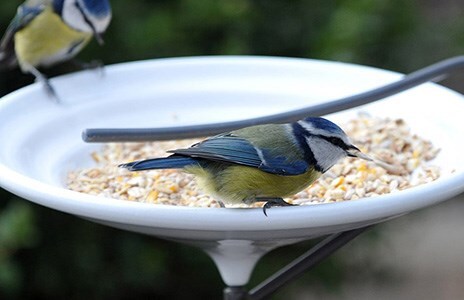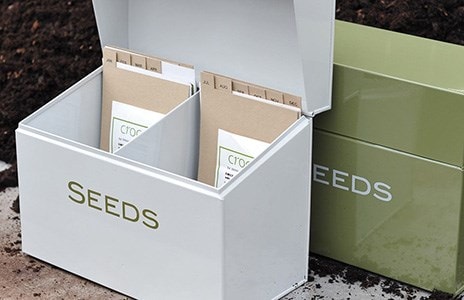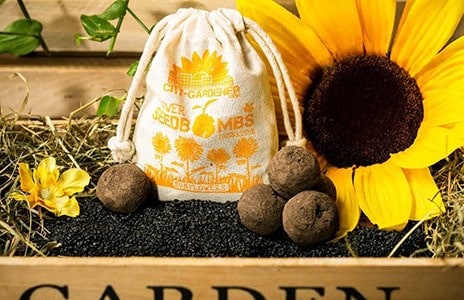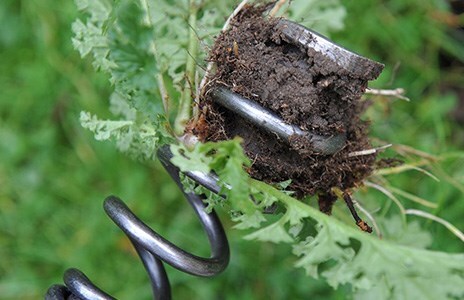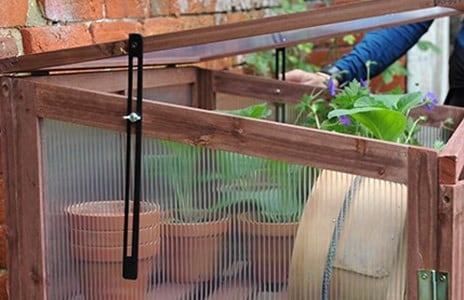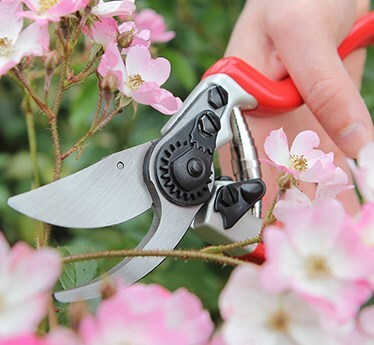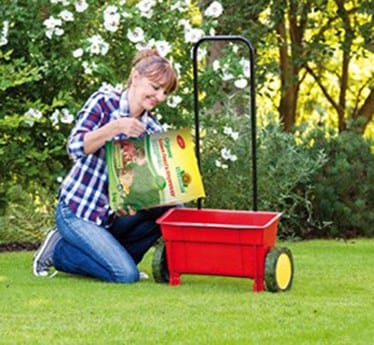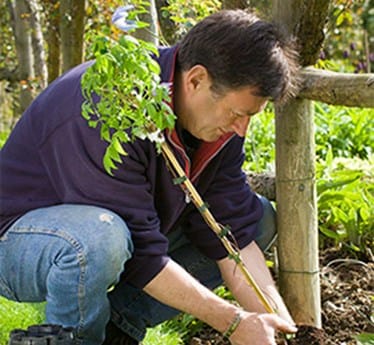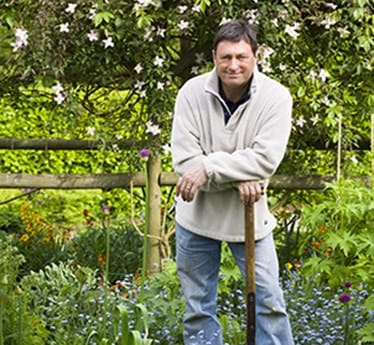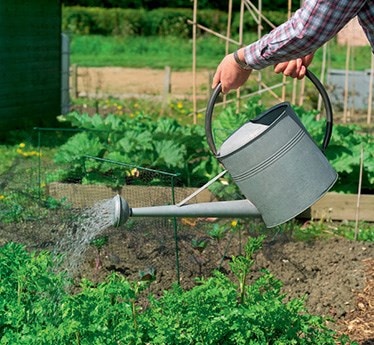Surveying your garden
I always take a walk around the garden firming in newly planted trees and shrubs after wind or frost and checking tree stakes are secure and ties are not constricting the trunk. Weed seedlings will pop up almost anywhere given a mild spell, so carry a hoe and be ready to get your hands dirty to keep them under control.
If the weather remains below freezing, but fair, take the opportunity to distribute well-rotted organic matter, such as garden compost, around the garden - but protect the lawn with planks to spread your weight before venturing onto the grass. During a cold snap, make sure at least part of your pond remains ice free by melting a hole in the surface to allow noxious gases to escape. Also, keep bird baths and feeding stations topped up to ensure resident flocks have a reliable source of food and water. Clean bird feeders with soapy water once a week to prevent the spread of avian diseases.
"keep bird baths and feeding stations topped up to ensure resident flocks have a reliable source of food"
Rainy day tasks
During persistently wet or snowy weather, I’ll stay indoors for a spot of guilt-free browsing. I can while away many hours Googling for plants, summer bulbs and seeds, looking up new or unfamiliar varieties and reading plant reviews. This month is also the ideal time to get ordering. So, if you are planning a new border or just replacing one or two plants, my top tip is to make an alphabetical list for the whole garden and use the website’s search facility to do the work.
If you fancy something a little more hands-on, there are plenty of other jobs you can do in the greenhouse, shed or garage. Checking stored fruit and vegetables for signs of deterioration is an important task. But I find cleaning up pots and tools therapeutic, though some prefer to just sit and gaze into the garden and dream of what might be.
Know your soil
Getting to know your soil is an important journey every gardener takes. Only then do you understand how to look after and improve your plot, as well as being sure to buy suitable plants. One of the easiest ways to get acquainted, is to find out how acid or alkaline it is. This is measured on the pH scale of 1 (very acid) to 14 (very alkaline), with 7 being neutral. A simple and inexpensive soil test kit will do the job.
Bear in mind that in some gardens, soil can vary quite a lot over a short distance, so it is a good idea to check the soil of all the main planting areas. If results vary, write them on a plan of your garden and use this as a reference when selecting suitable plants. See also ‘How Good is your soil’.
Getting ahead
Warm soil for sowing
If you are planning early outdoor sowings, you can help get ahead of the game by covering the seedbed with polythene now. The polythene will help warm the soil, encourage surface weed seeds to sprout and keep the worst of the winter rains off. When you are ready to sow, strip the polythene back, hoe off the weeds and sow in perfectly moist and warm soil that has fewer weeds to worry about.
Not too late too
Prune greenhouse vines
Greenhouse vines are vigorous brutes that will take over your greenhouse unless you keep them well pruned. Being completely dormant, they can be cut back now without the risk of loosing sap through the pruning cuts – known as ‘bleeding’. The most space-efficient staining system is the rod and spur system. Simply train a vertical rod up to a supporting wire, then train a main shoot along the ridge or eaves of the greenhouse. Each year at this time, cut all the sideshoots back to a plump bud at the base.
Take root cuttings
There’s still time to take root cuttings from herbaceous plants that are reluctant to be propagated by other means. Acanthus, Dicentra, Echinops, Eryngium, Hardy geranium, Japanese anemone, Oriental poppy, Primula denticulata, Phlox and Verbascum, are all worth giving a try.
Simply cut up healthy roots of pencil thickness into 5cm sections and pop them vertically (a straight cut at the top and a sloping one at the bottom will show you which way up they should go) into pots of gritty cuttings’ compost. Water well and place in a coldframe. For a step-by-step guide, see ‘Taking root cuttings’.
Monthly checklist
- Survey jobs to be done once temperature is above freezing
- Prune back shrubs and trees
- Clear any storm damage
- Feed wildlife and tidy up bird houses and baths
- Warm soil for sowing
- Prune greenhouse vines
- Take root cuttings

